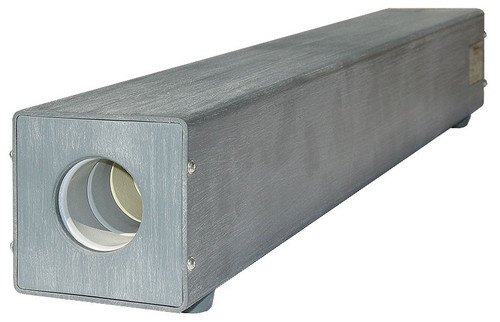Overview
Reproducible emissions measurements require a defined line termination for the frequency range where connected lines provide a significant influence on the emissions. The key parameter is the asymmetrical impedance (common-mode impedance) which can be seen as the common mode impedance to the reference ground.
Line impedance stabilization networks (LISNs) are commonly used for conducted emission measurements. Besides the coupling function for the measurement receiver, LISNS offer the line termination and decouple the EUT from the mains or auxiliary equipment. In the past, a suitable line termination was not available above 30 MHz for radiated emissions measurements. LISNs are typically used for this application but they are undefi ned above 30 MHz.
The new CMAD (Common Mode Absorption Device) is specifi ed in CISPR 16-1-4 and its use will be defi ned in next coming version of CISPR 16-2-3. It improves the asymmetrical line termination in the frequency range 30 MHz to 200 MHz and improves measurement reproducibility. The CMAD needs to be clipped on lines leaving the test chamber. No more than three CMADs should be used for one setup. Teseq CMAD 20A conforms to the new requirements of CISPR 16-1-4. It replaces the CMAD 20 series, which were developed for CISPR 22 Edition 4.0 2003, but do not conform to CISPR 16-1-4.
Features & specifications of Teseq CMAD 20B:
- Frequency range as required in CISPR 16-1-4: 30 MHz to 200 MHz
- Frequency range for general use: 1 MHz to 1000 MHz
- Maximum cable diameter: 20 mm
- Dimension (LxWxH): 670 mm x 78 mm x 58 mm
- Weight: approx. 3.4 kg













